You might don’t know Michael Hansmeyer, but his explorations in computational architecture are moving boundaries out there!
Michael is an architect known for his use of programming skills and algorithms to generate aesthetic, geometric, and mathematical computer-aided structures. Before the recent explosion of 3D printing and Computer-aided design advances that has led to impressive performance increases in design & architectural explorations, Michael was already applying these concepts and tools in his workflow.
The Arabesque Wall (2015) is Michael Hansmeyer’s project that explores computational architecture; a structure that amazes for its colossal complexity – 3 meters wall of 3D sand-printed elements that uses 200 million individual surfaces, with intricate and detailed arabesque ornaments.
In partnership with Benjamin Dillenburger, this masterpiece took more than 4 months to be developed; with computational design data files that are over 50 GigaBytes!
With such intricate and ornate elements, the Arabesque Wall does not go unnoticed for its contrast and singularity. The explorations of each part of the wall replicate geometrical arabesque patterns that no longer repeat repeats at other cross-sections. The depth variations of each printed lane, bring movement and play with light itself, creating chiaroscuro compositions that reveal its computational geometry.
Using 3D printers or robotic fabrication, intricate geometries like this can be printed using a range of commonly available materials, including sand.
In order to meet the criteria set for those print features, the material used in this 3D sand print, is a mixture of silicate, with a binder added to the composition, to make it printable. The compounds are themselves a unique composition, and after printing, the mixture hardens; without losing its shape.
The whole structure took 4 days to be fully printed in 2 millimeters layer resolution; – That’s like a pencil tip, or a grain of rice thick!
The great advantage of this kind of fabrication is the fact that you can split into small parts, and print it with smaller devices, instead a 10 feet-long printer. The Arabesque Wall was divided into twelve parts, to be assembled when done, it only needed 4 hours. When finished, the intricate 3D-printed wall weighs around 800 kilos.
The Arabesque Wall demonstrates the infinite and singular possibilities of algorithms design and 3D printing, creating a sculpture that not only can be experienced by the mind, but with all senses; touching, and feeling emotions that are unique for every visitor. The sand textures and complexity of the outstanding arabesque intricate detailing running along the organic depth waves make anyone mesmerized and curious.
Research is really very much in this field. Current approaches have appropriated robotics and digital fabrication hardware that was built for other purposes and designed for different materials. This makes current industrial robotic technology ill-suited for working in collaboration with architects and experimentations like this, where the final structures can’t be done in any other way.
For Architects around the world, Michael Hansmeyer and Arabesque Wall, are great inspirations. Not only for the techniques used to develop and create such structure, nor only for the magnitude or complexity of geometrical and mathematical elements creating visual patterns with light and depth in 3D printed sand wall… But for his lead in pathways with research and explorations that push the boundaries and the edges of architecture itself!
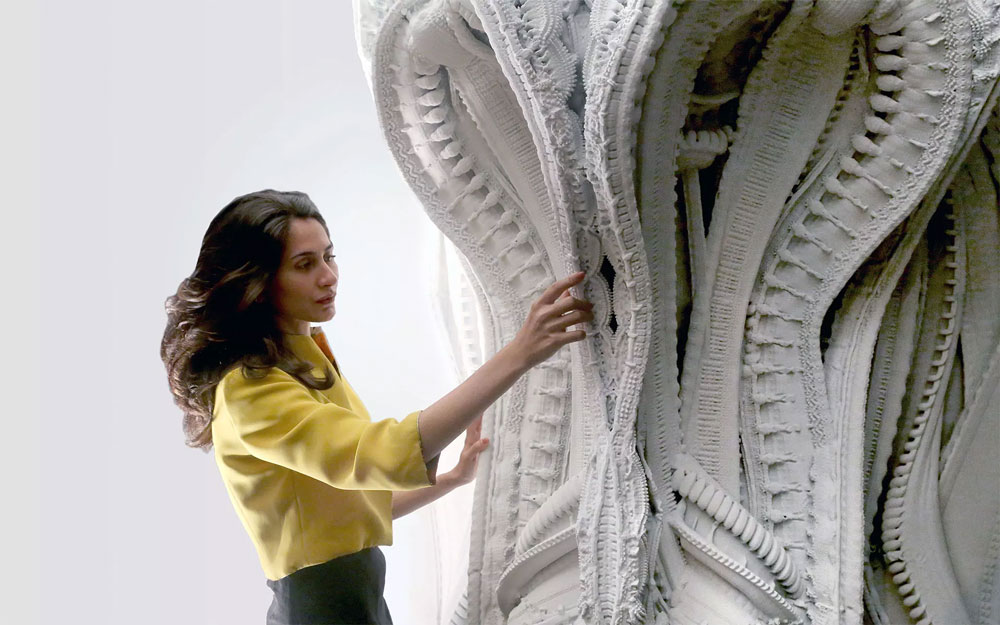
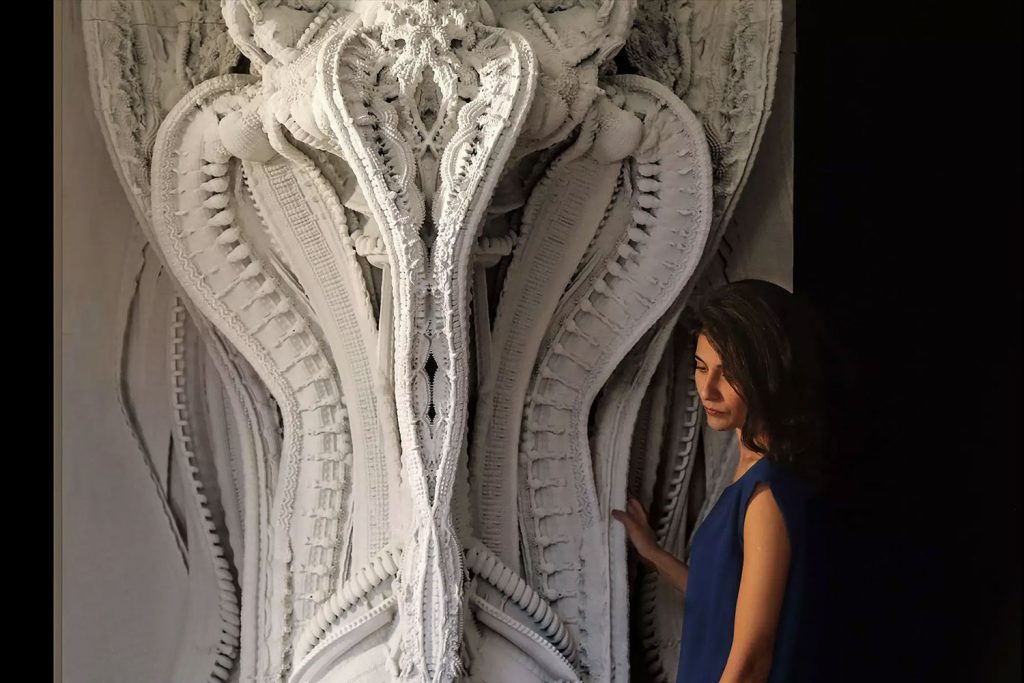
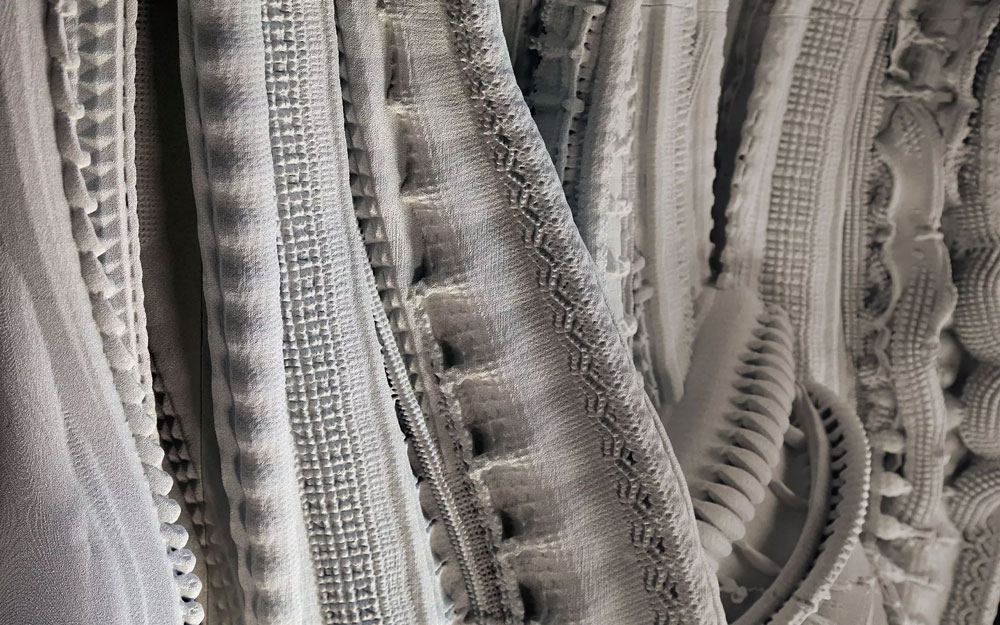
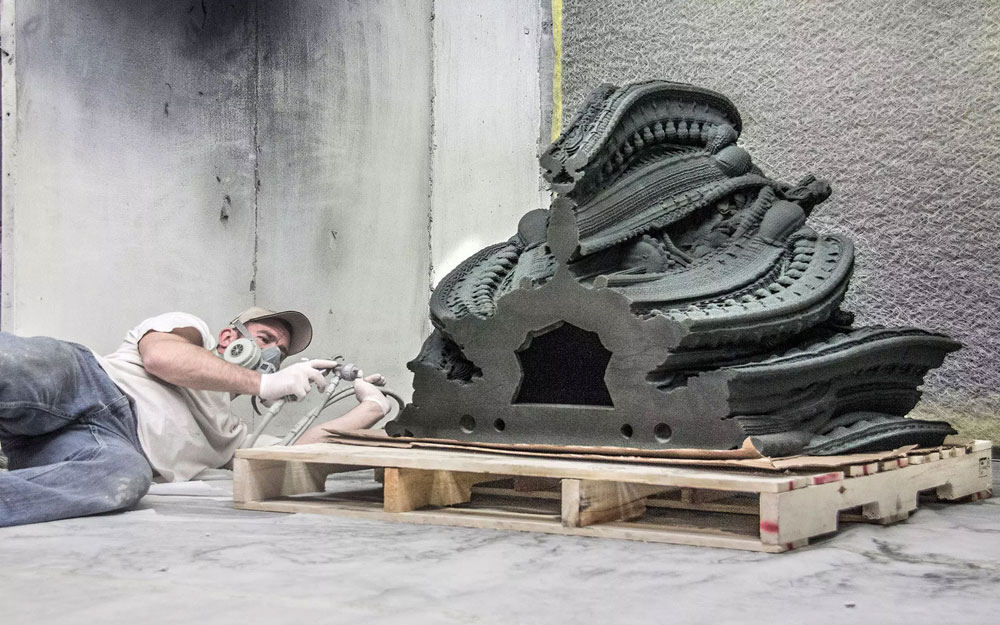
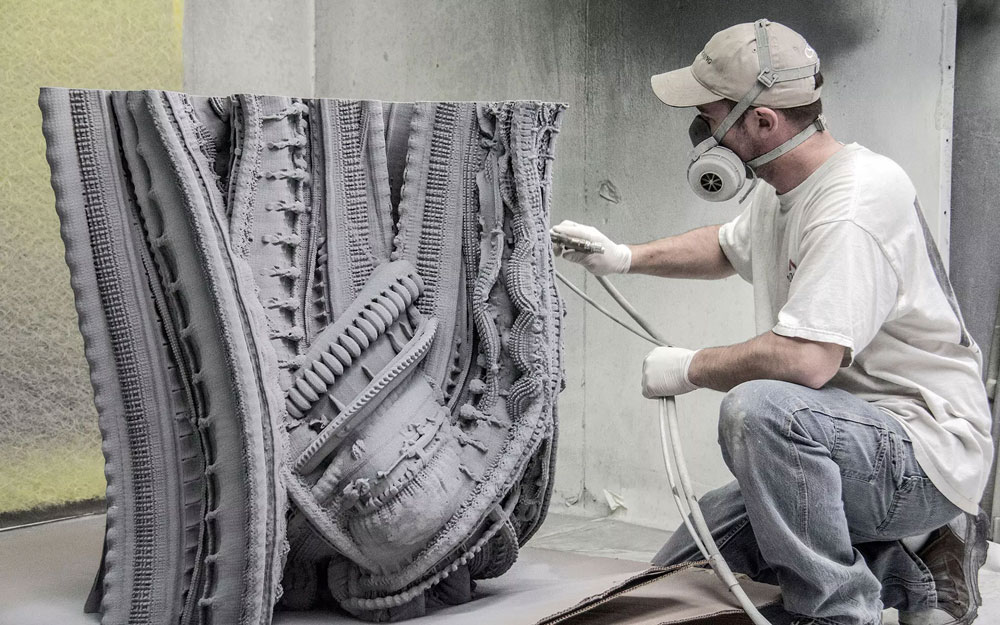
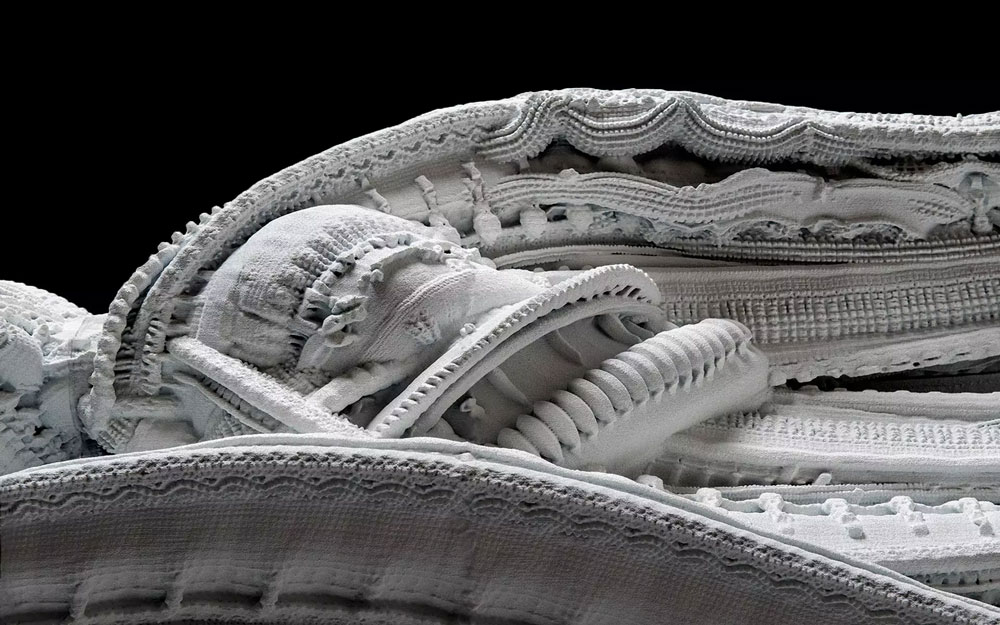
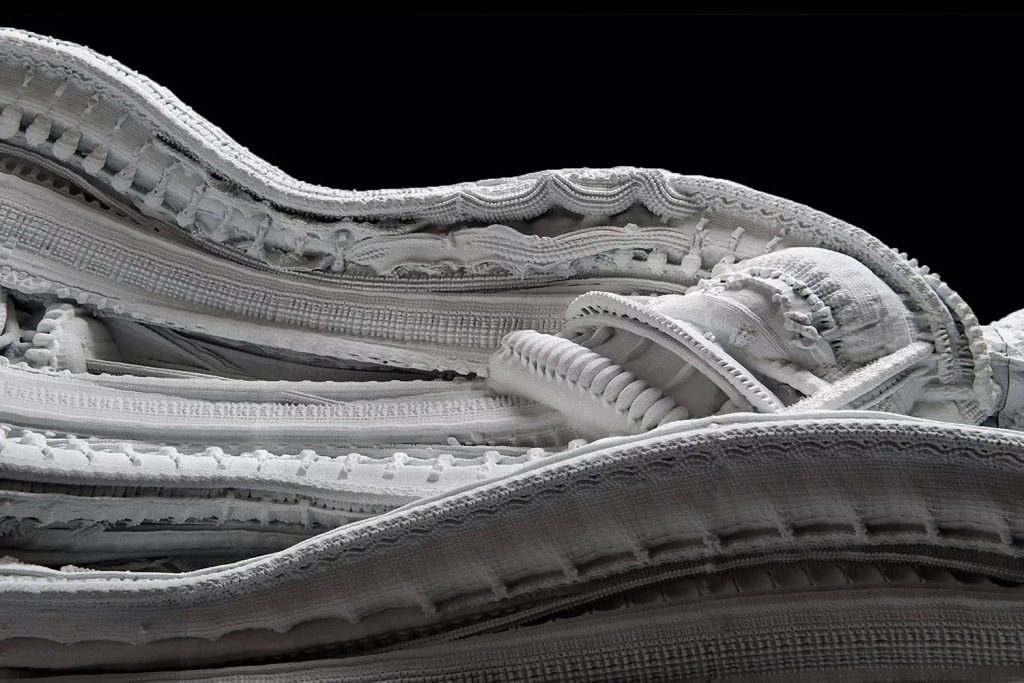
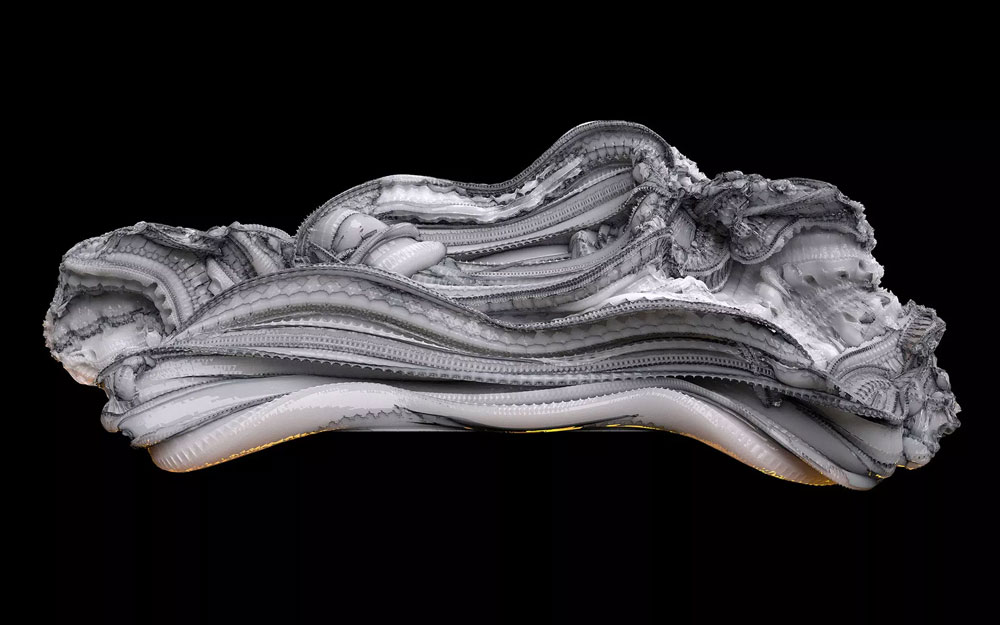
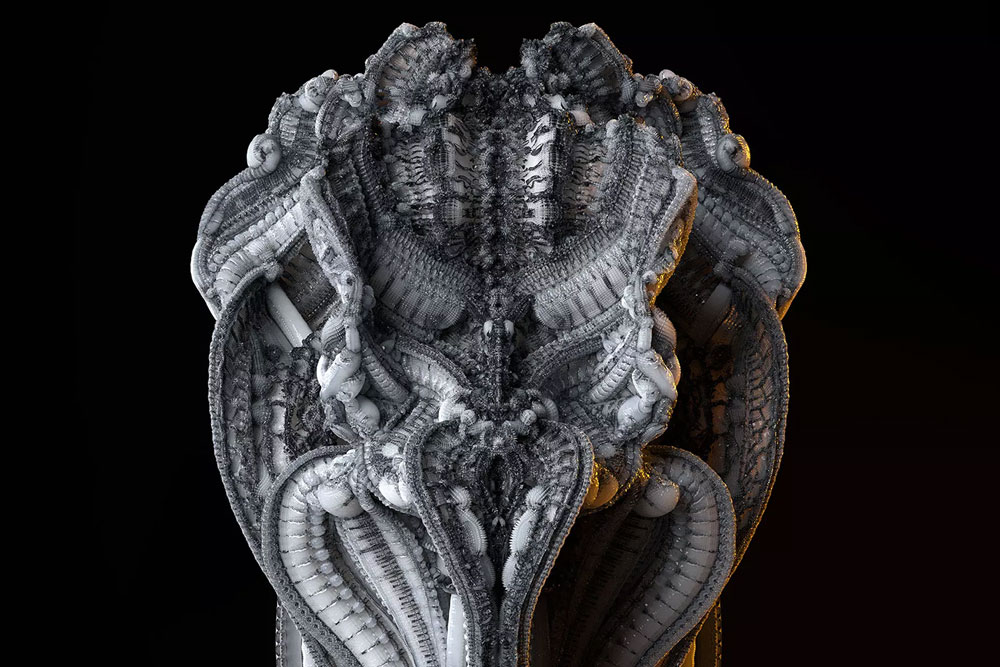
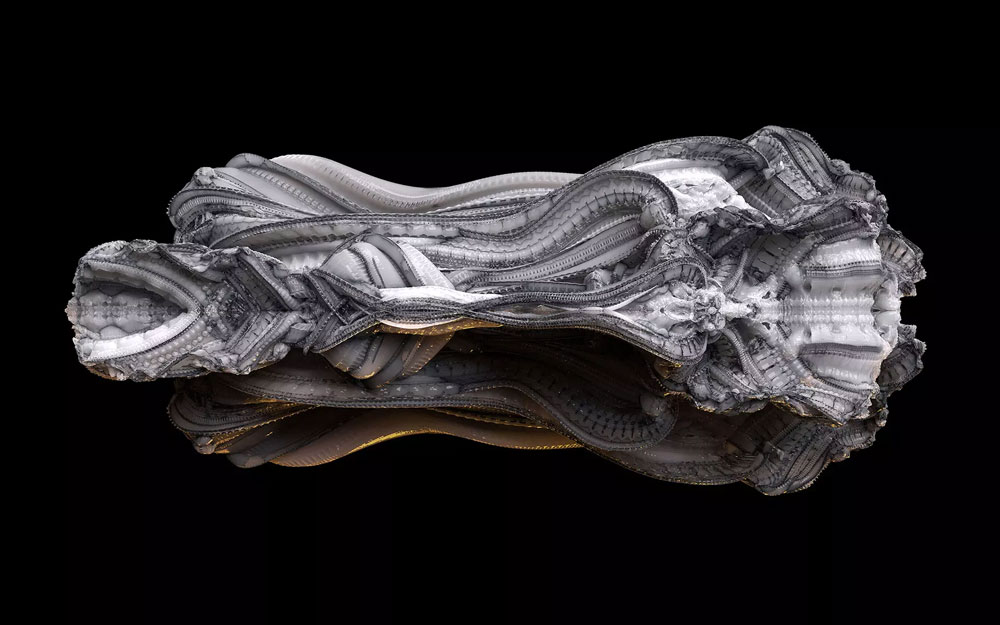




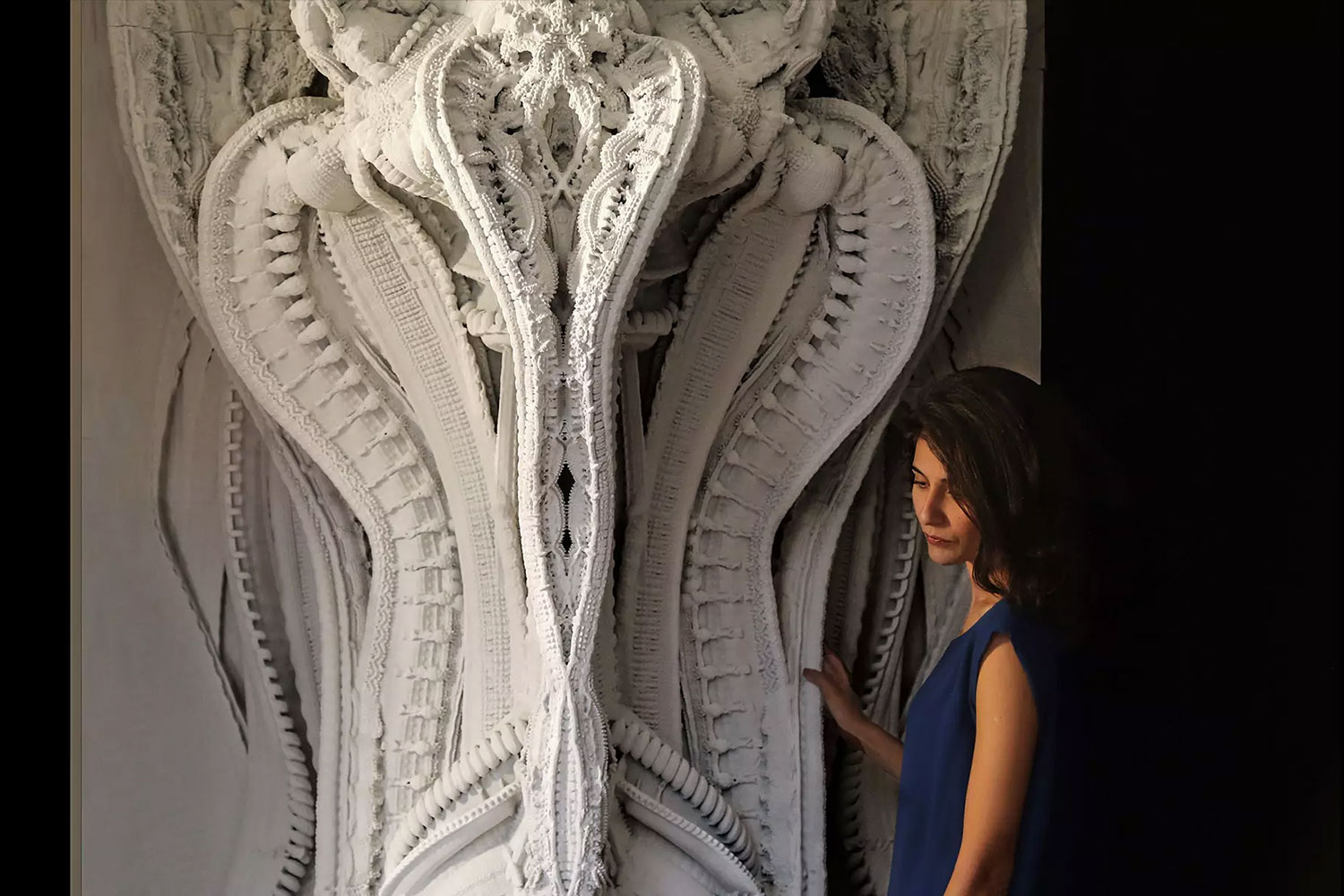














Leave a comment